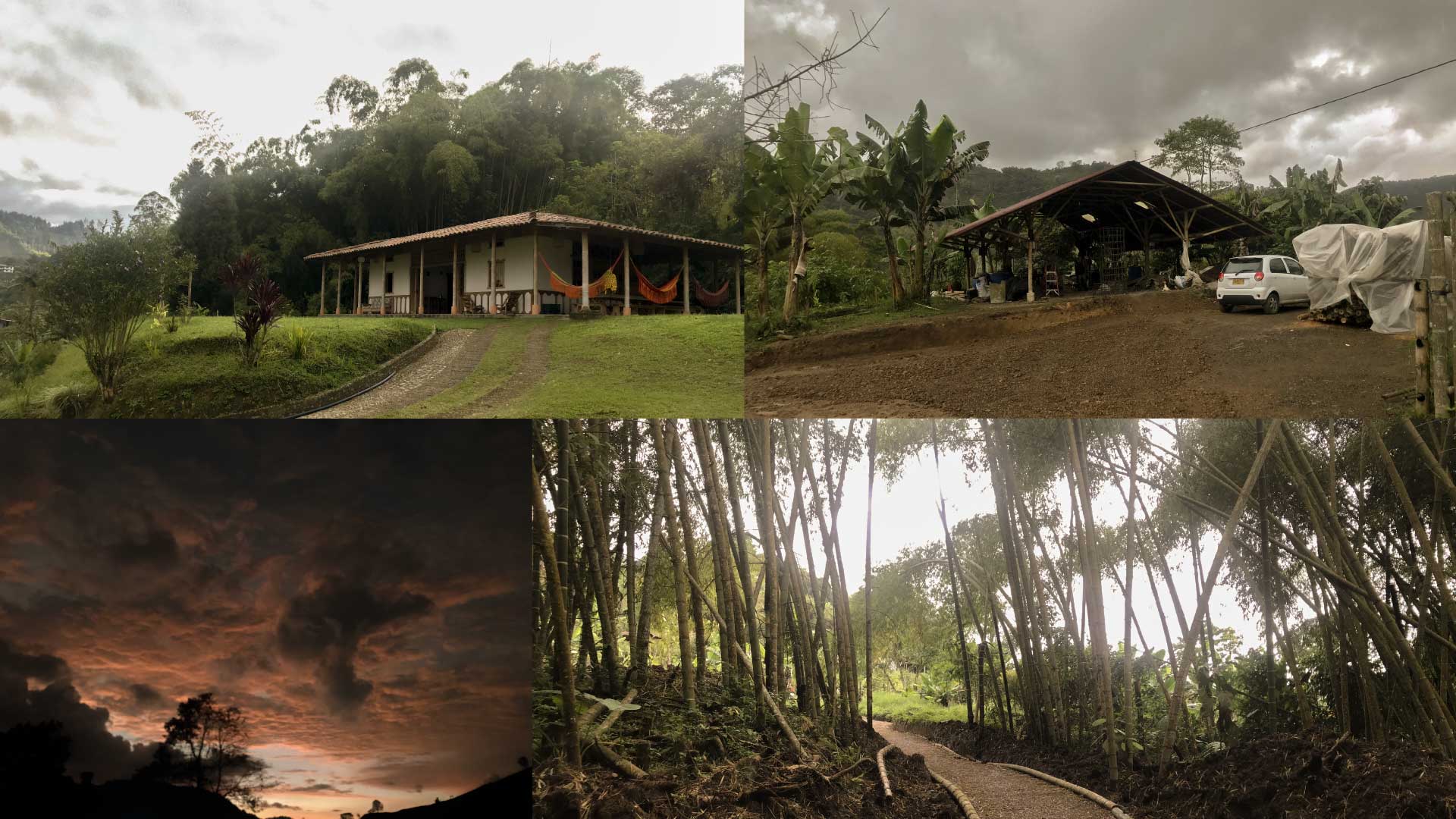For many centuries the cutlures of earth have developed ways, customs and techniques that have helped to have a healthy relation to our natural resources without generating a negative impact on life and quality. Yet using the natural resources in their best interest without alterating or generating negative impacts.
Observing how nature works and the technology that the earths brings for food, medicine, shelter and overall providing all the natural services without threating life, Earth wisdom is about recognizing the intelligence of the earth in providing all we need with out destroying; in that way valuing Life as sacred.
Earth Wisdom recognizes that life is an intertwined web of life where our symbiotic relations with animals, plants and minerals are escential in our evolution and our adaptation process on this fragil planet.
Life is an intelligent state where health conducts our way to manifestation, giving us the full possibility of being. This state of health embraces our natural connection to everything that is alive. Ancient cultures were aware of keeping this natural connection alive not only because it provides food and everything needed but also it gives deeper meanings of life. Culture was understood as the sacred connection with life and the elements. Celebrating the cycles of the earth, the sun and the moon, the harvest and the planting. Rites, ceremonies and practices that allow us to sense the sacredness of this connections help us tune in with the aliveness and msyteries of life recognizing and valuing life and our interdependency.
The Ark project started in the year 2019 since then we have intended to restore the soil and environment by not using any type of quimical pestezides or any carbon based product to the land. Since this time we have seen the soil enriching itself of bacteria, fonguis, worms and natural species of flora and fauna. Species are coming back. Biodiversity is a good indicator of healthy land.
The recovery of this territory is our main objective. The memory of the land is coming back through bringing the right environment for all the species to come back. AT the Ark project we recognize how escential is this memory to bring the balance and harmony needed.
We are at the sacred site of Quimbaya Nation long to be known vanished. A very well known ancestral culture who had such an advance way of relating to nature. They were orfebres and had a long tradition of agriculture and relevant knowledge to be put in practice.
Ark project aims for the recuperation of this ancient wisdom and is starting a process with natives around to bring forth the wisdom and practices that brings a more clear identity to this territorio and the rescue of ways and culture that allow us to integrate and align to this earth.
Ancestral and local knowledge contributes to avoiding, reducing and reversing land degradation and to managing land sustainably to reduce degradation and enhance restoration by offering different ways of conceiving the relationship of people with nature and alternative management systems land by promoting good tenure and governance.
El Proyecto Arca está ubicado en el centro de la Selva Andina en el municipio de Santa Rosa del Estado de Risaralda, a 16 km de Pereira, la capital del Estado. La comunidad está poblada por 21 familias campesinas en el área del sitio arqueológico llamado Volcanes que es la cuna de una antigua civilización llamada Quimbayas.
La ubicación es aún más privilegiada ya que se encuentra dentro del Parque Regional Ucumari, una zona de amortiguamiento estratégico para el Parque Nacional Nevados conocido por sus volcanes nevados, glaciares, lagos y bosques primarios andinos. Este importante parque nacional cubre un área de 144,062 acres (58,300 hectáreas) con un rango de altitudes entre 8,500 pies (2,600 metros) y 17,457 pies (5,321 metros).Y las temperaturas normalmente oscilan entre 26,6 °F (-3 °C) y 57,2 °F (14 °C).
El área protegida es importante para la región y el mundo en general, debido a las innumerables fuentes de agua que se originan en su interior. Los glaciares ocupan el 4% del área perteneciente a los tres volcanes, Nevado del Ruiz, Nevado de Santa Isabel y Nevado del Tolima. El agua del deshielo de los glaciares da origen a los ríos que nacen en el parque y que conforman 10 cuencas y 19 arroyos de diferentes tamaños y características; seis de las cuencas desembocan en la cuenca del río Magdalena (Gualí, Lagunilla, Recio, Totare y Coello) y las cuatro restantes (Chinchiná, Campoalegre, Otún y Quindío) en la cuenca del río Cauca.
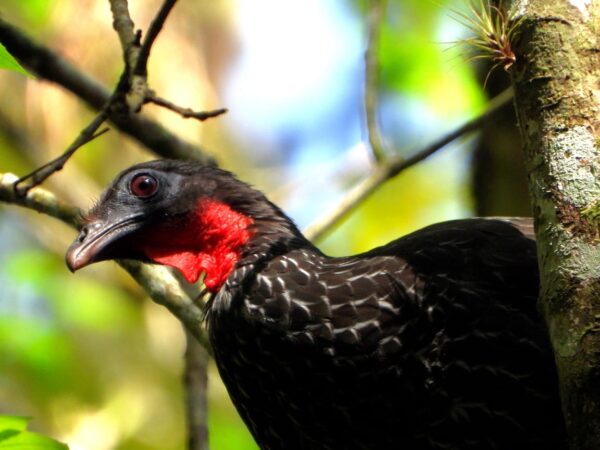


El área alberga 1250 especies de plantas vasculares , 200 briófitas , 300 líquenes y 180 hongos macroscópicos . [1] En las laderas más bajas y en los valles predominan las palmas de cera andinas. El bosque andino superior tiene árboles que alcanzan hasta 30 m (98 pies) de altura. [2] En el páramo , los frailejones dominan el paisaje y se puede observar una variedad de musgos y líquenes. Las algas de colores se pueden encontrar en las diversas lagunas.


Noteworthy birds include blue-crowned motmot, yellow-eared parrot, Fuertes’s parrot, rufous-fronted parakeet, Andean condor, brown-banded antpitta and ruddy duck. The buffy helmetcrest hummingbird is endemic to the region.[1][2][3] Noteworthy mammals include the mountain tapir, spectacled bear, northern pudú, oncilla, cougar and white-eared opossum.[2]
The area of the project is well known for its own biodiversity on natural plants with medical and nutritional purposes as the Yaccon (Smallanthus Sonchifolius) Ortiga (Urtica dioica L.) Sagu. (Metroxylon sagu) Passiflora (Passiflora mollisima), Calendula (Calendula officinialis) Malva (Malva sylvesttrys) LLanten (Plantago lanceolada) Curcuma ( Curcuma longa), Siempre viva, hojarasin ( Bryophyllum pinnatum), Mirto ( Myrtus communis), Poleo (Mentha pulegium), Prontoalivio (Lippia alba), Ruda(Ruta graveolens) Sauco (Sambucus nigra), Corn (Mais andino) Yucca(Cassava), Quinua andina (Chenoppodium quinua), Amaranto (Amranthus caudatus), entre otras.


The production of more than 4.5 billion pounds of a pestecized glyphosate produced by just one company speeded the rised of autoinmune and neurological diseases on humans; alzheimers, parkinsons, cancer, autism, dementia, asthma, diabetes, crohn’s, thyroid, ADD, PTS, depression, Bipolar and other emotional problems, all related to how the body and organs responds to the environment.
We are losing our identity at the cell level. Our own cells are reacting to our body creating a very particular phenomenon called autoinmune desease where our body acts as it were foreign.
Desconnecting from our own origen and purpose of life in the intent to persuit values with no more sense of spiritual meaning than provided by shopping malls, ordinary television, stagnant work places, and accumaltion and consumption of material goods and services.
Life styles, ways of living together, traditions, believes and expectations have set a new value system. A Culture that mirrows the way we are thinking, relating and connecting with nature. A culture also with a high polluted and private interest that destroys the right conditions for life but still benefits the few with economical power.
El conjunto de características espirituales, intelectuales y emocionales, estilos de vida, formas de convivencia, sistema de valores, tradiciones, creencias, símbolos, significados y expectativas. Indica quiénes somos, qué es importante para nosotros y cómo debemos comportarnos.
La cultura, tal como la definimos nosotros en ArK, es la capacidad de sanar relacionada con tu conexión con la naturaleza.
Como afirma el Ipbes , combatir la degradación de la tierra requiere un cambio sistémico a nivel macroeconómico, por ejemplo, un esfuerzo concertado para mejorar la sostenibilidad de los sistemas de producción y los estilos de vida de los consumidores, mientras se trabaja simultáneamente para promover un entorno socioeconómico propicio para una disminución de la tasa de crecimiento de la población y del consumo per cápita.
Es necesario un cambio radical para evitar la degradación irreversible y acelerar la implementación de medidas para la restauración de la tierra. Esto implica un cambio radical en la forma de pensar y valorar la vida misma y de alguna manera fortalecer la relación con la Madre Naturaleza.
Los cambios son fundamentales y exigen con urgencia acciones de respuesta, pero más aún el cambio de conciencia. Un salto cuántico donde es necesaria una profunda transformación del ser humano.
Reformateando valores, prioridades, estilos de vida, consumiendo o declarándose autónomos y asegurando el propio futuro y las condiciones de vida necesarias para lograr ser y ser seres felices, pacíficos y libres. Tener lo posible y suficiente para estar y estar bien.



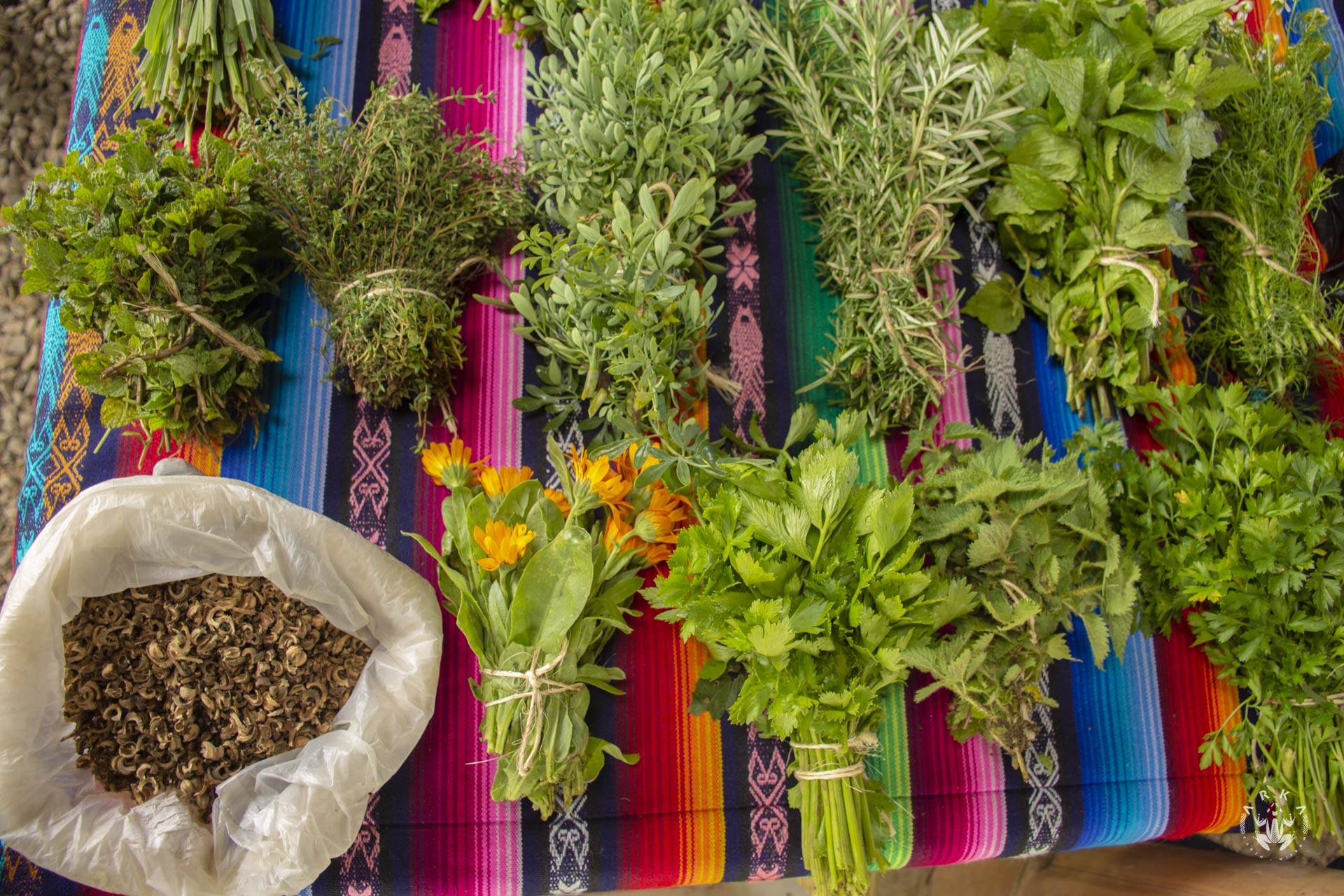
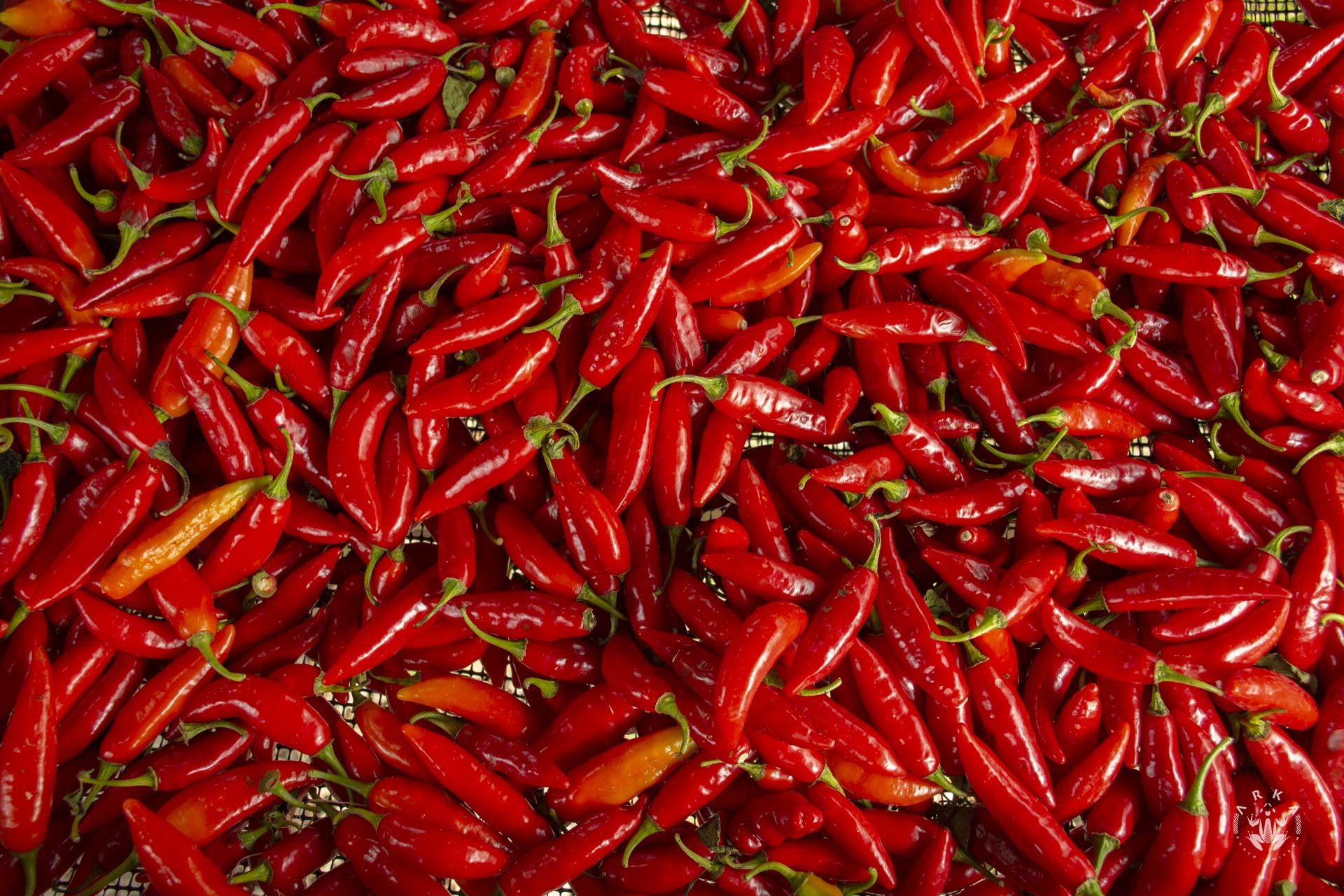
The knowledge, practices and beliefs about the relationships of living beings, including human beings, with each other and with their environment, constantly evolve through interaction with experiences and knowledge of different types, and can provide information, methods, theories and practices of sustainable management, which have been tested through application and experimentation in real-world situations, by many people, under a wide variety of conditions.
‘The Earth does not belong to us, we belong to the Earth’. The culture of the Earth is our first mayor reference to behave, relate, and be. Therefore, by observing the earth and natural cycles of relations with the sun, the moon, the waters, the plants, animals and minerals, we learn to adjust. We belong to this Earth and this earth has all the knowledge and technology we need to feed oursleves and be in the best harmony possible to be healthy.
We may imply that we have distance ourselves from our origen of life, creating a new set of values and life styles that has deteriorated the natural resources as deep cause of our present environmental and climate crisis. Our aim at ark project is to reestablish and promote a cultural practice, ways, and forms that bring us closer to nature in a healthier relationship.
Everything is connected. Our health is related to our environment. The soil is our body, the waters our blood, air our breath and fire our spirit that transforms. What we do to our natural elements we do to our health. The new epidemicsthreatenedd our health is related directly to the amount of pollution and deterioration of our natural resources.
Recognizing the way nature works is the first step to working with nature. Using nature’s methods, we can use less energy to accomplish our objectives and benefit the earth as well. When we allow in beneficial bugs, fungi & “weeds”, we aren’t just saying no to pesticides, fungicides & herbicides; we are agreeing to work with nature’s systems. All those elements are critical elements in a thriving ecosystem and are necessary to make healthy soil, food and people.
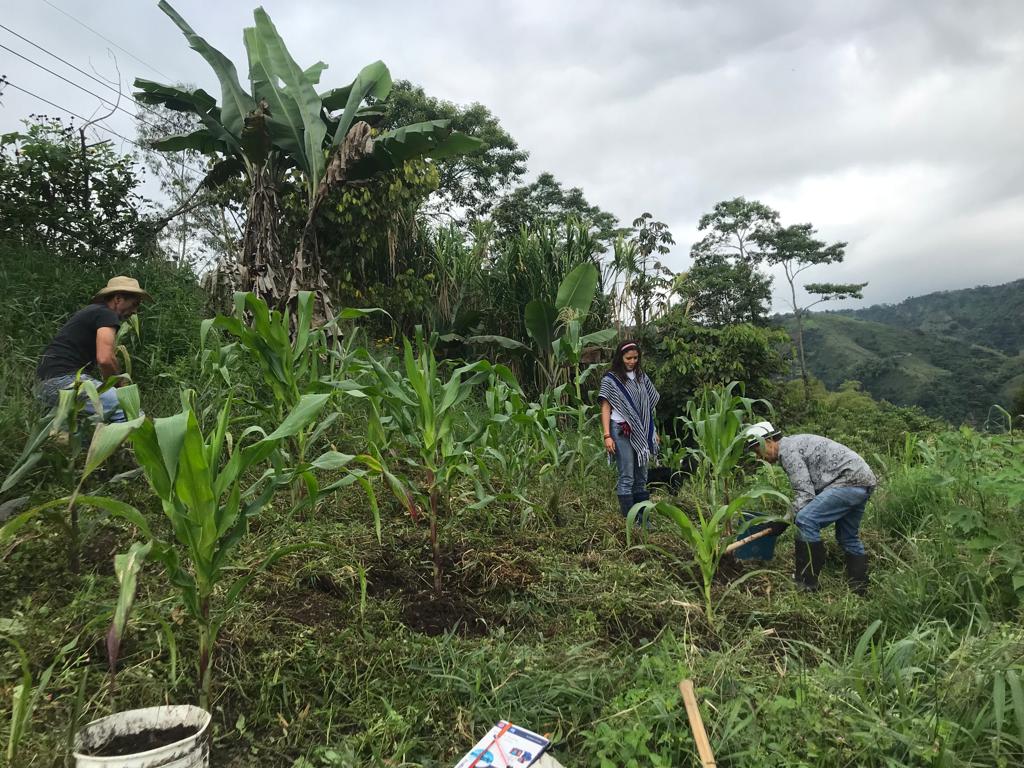

La reconversión agroecológica implica una lectura del territorio de la Finca para colaborar a la naturaleza restaurar su ambiente, armonía, seguridad, e interrelaciones diversas con elementales Agua, Suelo, Arbol, semilla, flora y fauna, biodiversidad. Además del uso e implementación de prácticas culturales y técnicas para la restauración y optimización de procesos dentro de la Finca.

Es un proceso en el cual se utiliza lombrices que durante su digestión transforman la materia orgánica aprovechando desechos biodegradables para obtener un abono de alta calidad: el humus, un mejorador natural de las características físicas, químicas y biológicas del suelo (barbado, 2003)
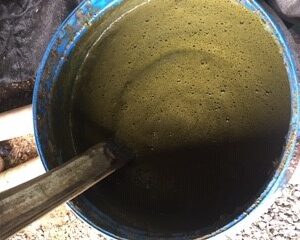 Es un fertilizante líquido que se prepara por fermentación anaerobia (sin oxigeno) de estiércol fresco y materiales complementarios como materia animal muerta o sales minerales.
Es un fertilizante líquido que se prepara por fermentación anaerobia (sin oxigeno) de estiércol fresco y materiales complementarios como materia animal muerta o sales minerales.
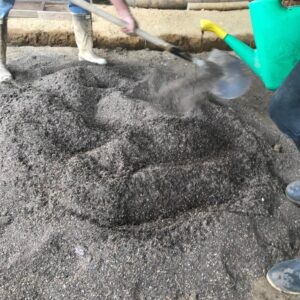 Fertilizante que suministra complementos al plan nutricional de los cultivos. Residuos orgánicos sólidos compostados y fermentados, con el fin de reducir riesgos sanitarios, desequilibrios nutricionales, reducir toxinas presentes en los mismos y mejorar sus condiciones físicas. Excelentes opciones en un plan de fertilización orgánica para diferentes tipos de cultivos, son de fácil preparación y de bajo costo.
Fertilizante que suministra complementos al plan nutricional de los cultivos. Residuos orgánicos sólidos compostados y fermentados, con el fin de reducir riesgos sanitarios, desequilibrios nutricionales, reducir toxinas presentes en los mismos y mejorar sus condiciones físicas. Excelentes opciones en un plan de fertilización orgánica para diferentes tipos de cultivos, son de fácil preparación y de bajo costo.
 Las micorrizas son asociaciones entre la mayoría de las plantas existentes y los hongos benéficos, que incrementan el volumen de la raíz y, por tanto, permiten una mayor exploración de la rizosfera. Son considerados los componentes más activos de los órganos de absorción de los nutrientes de la planta, la que a su vez provee al hongo simbionte de nutrientes orgánicos y de un nicho protector (Corredor, 2008).
Las micorrizas son asociaciones entre la mayoría de las plantas existentes y los hongos benéficos, que incrementan el volumen de la raíz y, por tanto, permiten una mayor exploración de la rizosfera. Son considerados los componentes más activos de los órganos de absorción de los nutrientes de la planta, la que a su vez provee al hongo simbionte de nutrientes orgánicos y de un nicho protector (Corredor, 2008).
 Los hongos entomopatógenos constituyen el grupo de mayor importancia en el control de plagas de insectos biológicos. Prácticamente, todos ellos son susceptibles de padecer las enfermedades causadas por estos hongos. Cuando sus esporas entran en contacto con la cutícula de insectos susceptibles, germinan y crecen directamente a través de ella hacia el interior del cuerpo de su hospedero. Por lo tanto, el hongo prolifera a través del cuerpo del insecto, produce toxinas y consume los nutrientes del insecto, y eventualmente lo destruye. Al inicio de la infección pueden o no observarse síntomas, pero el insecto comienza a perder movilidad y apetito. Al cabo de siete o diez días, muere debido a la deficiencia nutricional.
Los hongos entomopatógenos constituyen el grupo de mayor importancia en el control de plagas de insectos biológicos. Prácticamente, todos ellos son susceptibles de padecer las enfermedades causadas por estos hongos. Cuando sus esporas entran en contacto con la cutícula de insectos susceptibles, germinan y crecen directamente a través de ella hacia el interior del cuerpo de su hospedero. Por lo tanto, el hongo prolifera a través del cuerpo del insecto, produce toxinas y consume los nutrientes del insecto, y eventualmente lo destruye. Al inicio de la infección pueden o no observarse síntomas, pero el insecto comienza a perder movilidad y apetito. Al cabo de siete o diez días, muere debido a la deficiencia nutricional.
 Los herbicidas son compuestos químicos en su gran mayoría orgánicos que controlan, inhiben o previenen la destrucción de las plantas. Los herbicidas tienen múltiples características que se describen como selectividad, aspectos fisiológicos y formas de acción. Un herbicida selectivo es aquel que en ciertas dosis y formas de aplicación elimina o inhibe especies individuales en una población heterogénea de plantas sin causar daño o apenas afectar a otras.
Los herbicidas son compuestos químicos en su gran mayoría orgánicos que controlan, inhiben o previenen la destrucción de las plantas. Los herbicidas tienen múltiples características que se describen como selectividad, aspectos fisiológicos y formas de acción. Un herbicida selectivo es aquel que en ciertas dosis y formas de aplicación elimina o inhibe especies individuales en una población heterogénea de plantas sin causar daño o apenas afectar a otras.
 Es un producto de preparación casera elaborado a base de azufre y cal, que sirve para la prevención y control de algunas plagas, entre ellas: mildiú, oídium (cenicilla), botritis, ácaros y trips. Además, estimula el crecimiento y ayuda a superar las deficiencias de calcio y azufre de los cultivos.
Es un producto de preparación casera elaborado a base de azufre y cal, que sirve para la prevención y control de algunas plagas, entre ellas: mildiú, oídium (cenicilla), botritis, ácaros y trips. Además, estimula el crecimiento y ayuda a superar las deficiencias de calcio y azufre de los cultivos.
 La solarización es un sistema efectivo que se utiliza para calentar el suelo y con esto eliminar malezas, insectos, algunos hongos, bacterias y semillas.
La solarización es un sistema efectivo que se utiliza para calentar el suelo y con esto eliminar malezas, insectos, algunos hongos, bacterias y semillas.

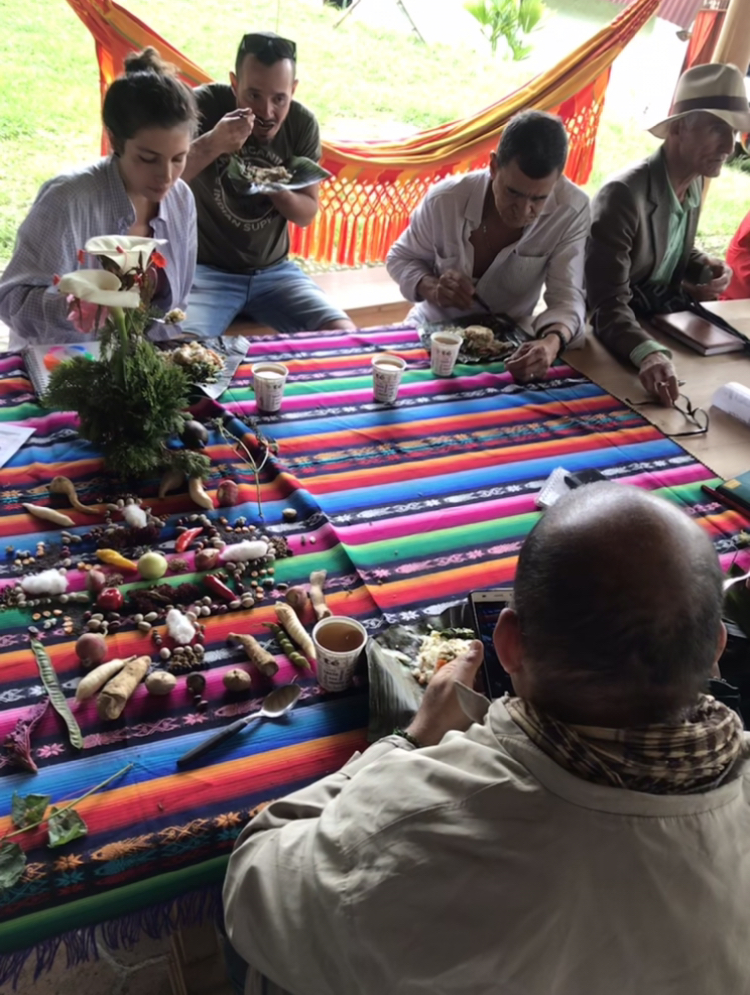
Yacon (Smallanthus sonchifolius) is a root-based fruit type which has been used for centuries as a staple food among the Andean population. In South America it is a traditional food, but in the European Union it is considered novel. It has a long history of safe use in South America and even elsewhere with potential health-promoting properties including prebiotic, antidiabetic, antioxidative and antimicrobial effects.
Mission:
Create spaces and environments conducive to care and promote values and principles, practices and knowledge, techniques and technologies that contribute to improve the quality of life and of the environment.
Promote social processes that lead to improving agricultural practices, the management of soil, water, and plants, food and health. Promote the wisdom of the earth and ancient knowledge of the plants and indigenous cultures.
Contribute to the defense and promotion of biodiversity: flora and fauna.
